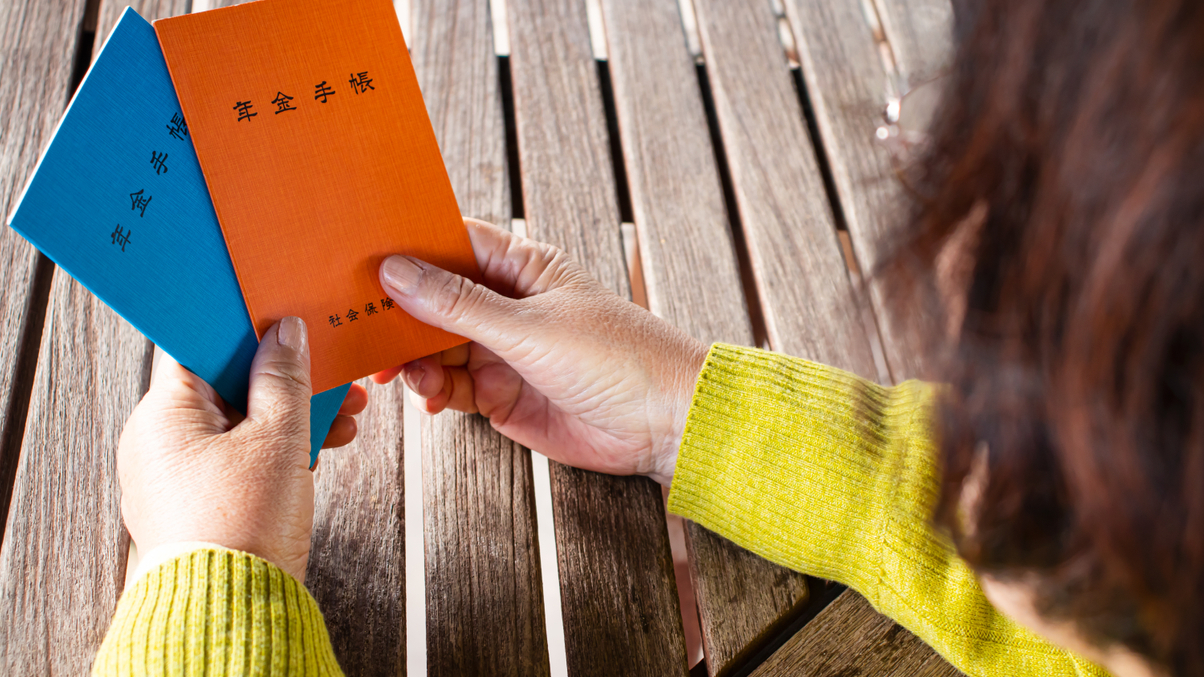Why Japan’s pension savers are looking to personal plans
The country's private sector employees are increasingly looking to personal pension savings, dubbed Ideco, over concerns they aren't putting enough aside for retirement.

As Japan's private sector pension providers increasingly transition towards direct contribution plans, employees are increasingly beginning to consider whether it's best to manage their pension savings themselves.
Sign in to read on!
Registered users get 2 free articles in 30 days.
Subscribers have full unlimited access to AsianInvestor
Not signed up? New users get 2 free articles per month, plus a 7-day unlimited free trial.
¬ Haymarket Media Limited. All rights reserved.


